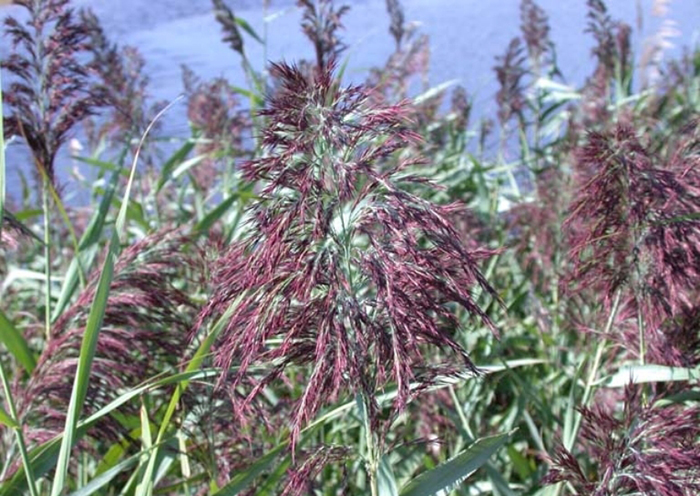
One hopes the two decades spent studying the interaction between specific insects and plants pays dividends.
They are introducing two types of moths whose larvae munch on phragmites’ stems.
It’s hoped they will greatly reduce the phragmites, which have taken over the shoreline landscape and wetlands around much of southwestern Ontario.
No one is sure how the phragmites – native to Eurasia – got here, but most want them gone.
Phragmites are considered the worst invasives plant in Canada, and it has gained a strong foothold in and around the Great Lakes area.
It spreads by seed, and growing underground. Phragmites take control of the landscape, pushing out native species.
The effort to introduce the moths is a joint effort between Ducks Unlimited Canada, the University of Toronto, and Agriculture and Agri-Food Canada.
One hopes the team has great success with the moths.
The notion of introducing another invasive species to combat a prior invader is, however, concerning. What if it becomes an apex consumer of plants?
Seeing that 20 years of study has gone into the project, we are cautiously optimistic.
Bringing in an outside insect to battle an invader has had success in the past. Look no further than the release of a stingless wasp a decade or so ago.
It was brought in to tackle the emerald ash borer, another invasive species that devastated ash trees across the province.
Remember the severe restrictions on moving firewood from place to place? Thank the emerald ash borer for that.
The little borer is native to eastern Asia, but caught a ride over to North America via overseas shipping of lumber, and the rest is devastating history.
Ash trees were all but wiped out by this wood-boring beetle, as it had not natural predator here.
Enter the wasp, which was also native to eastern Asia. It went to work laying its eggs in ash borer larvae and the young wasps ate their hosts.
We hope the hungry moth larvae have similar success against the roots of the phragmites.






